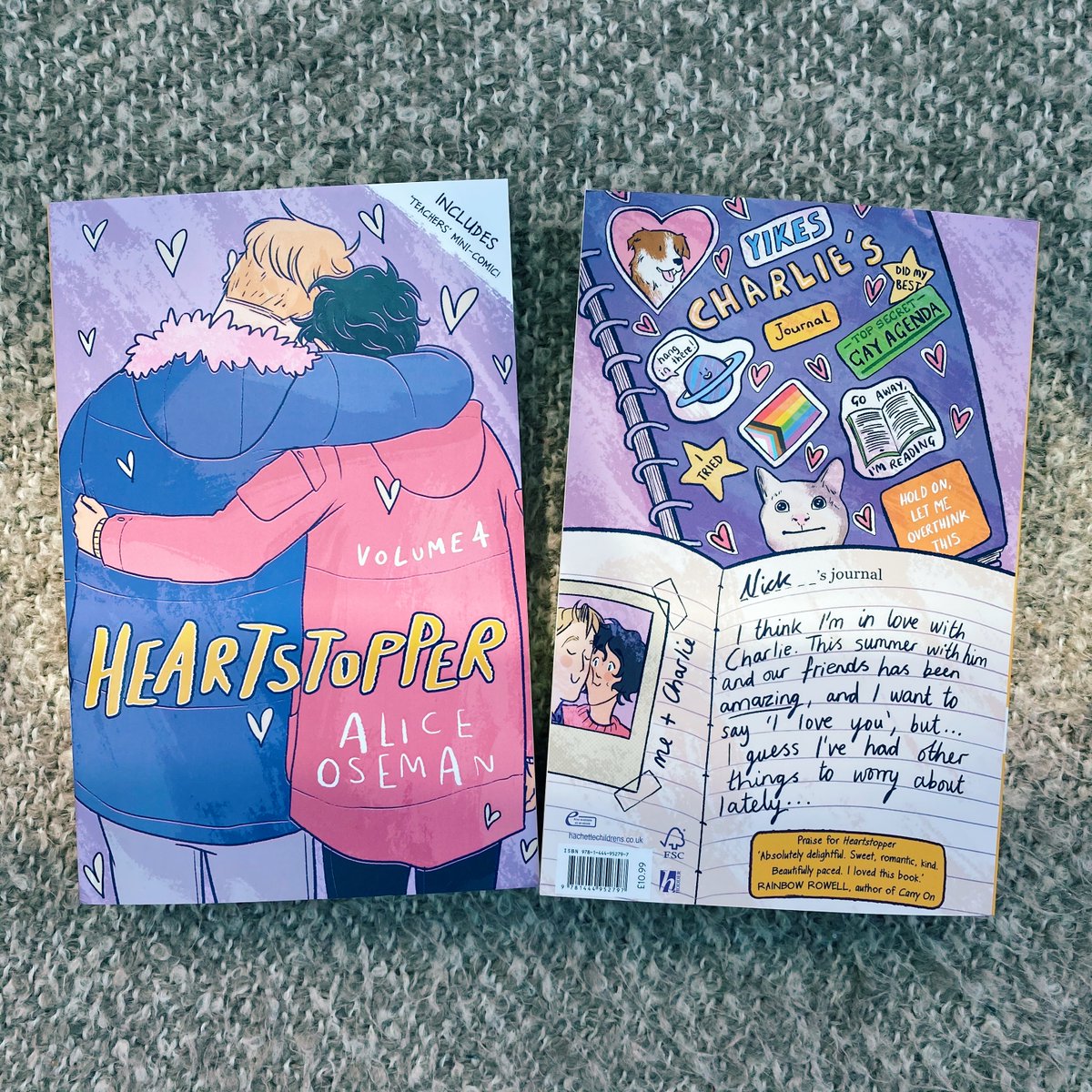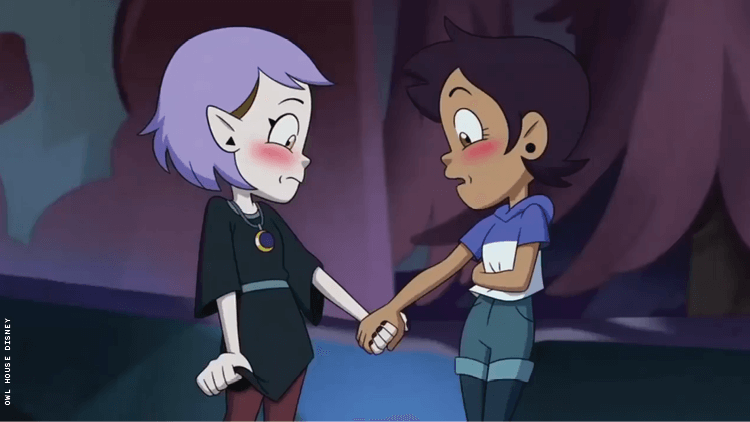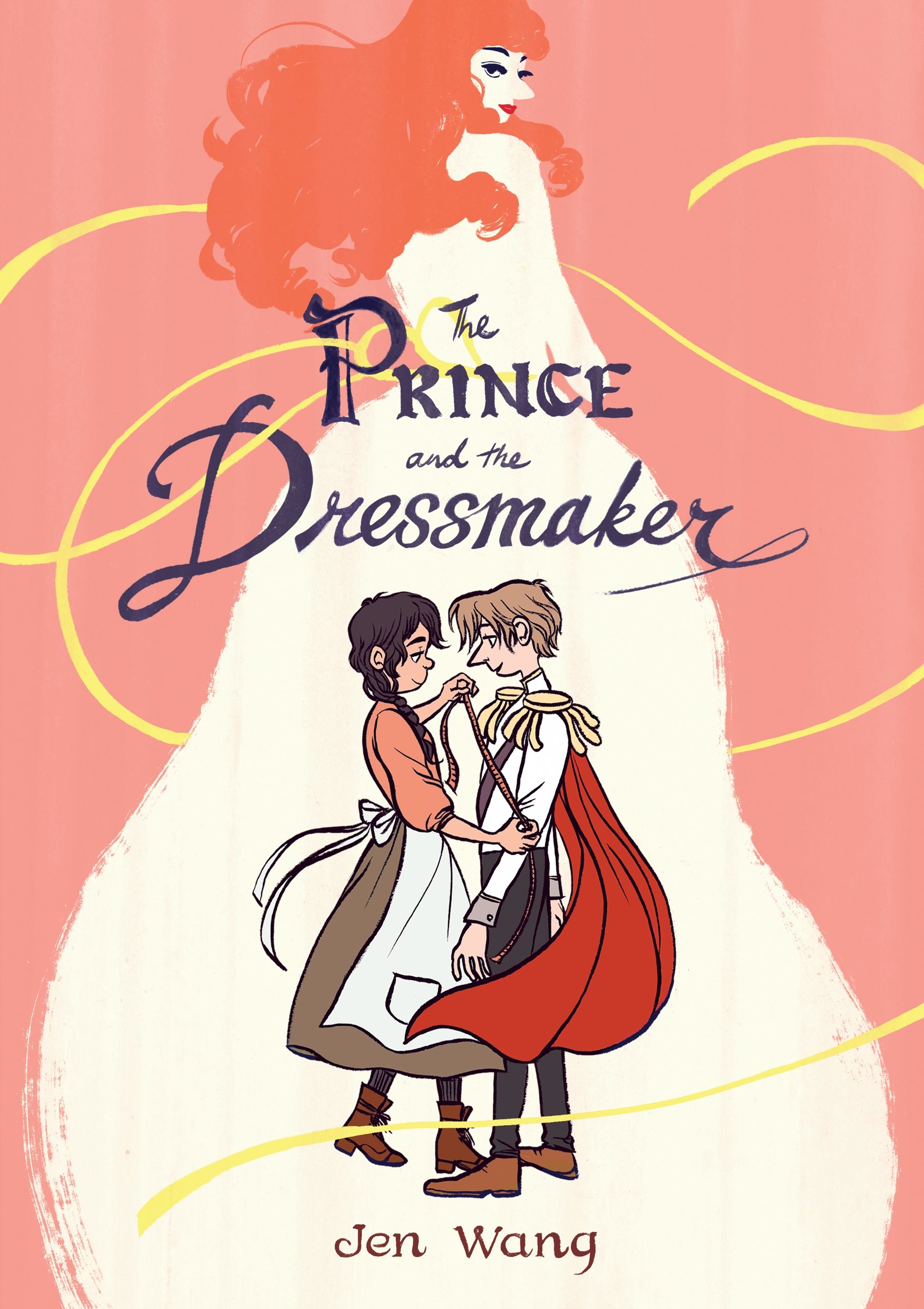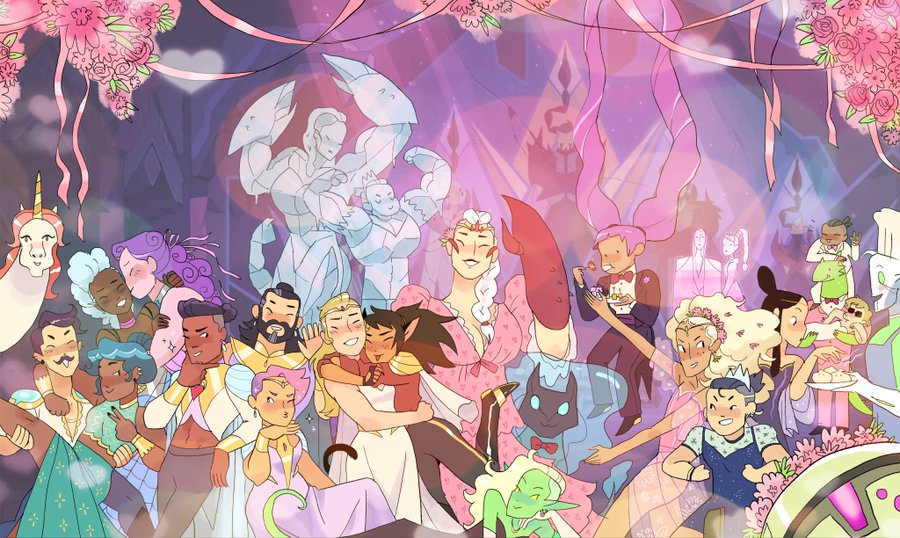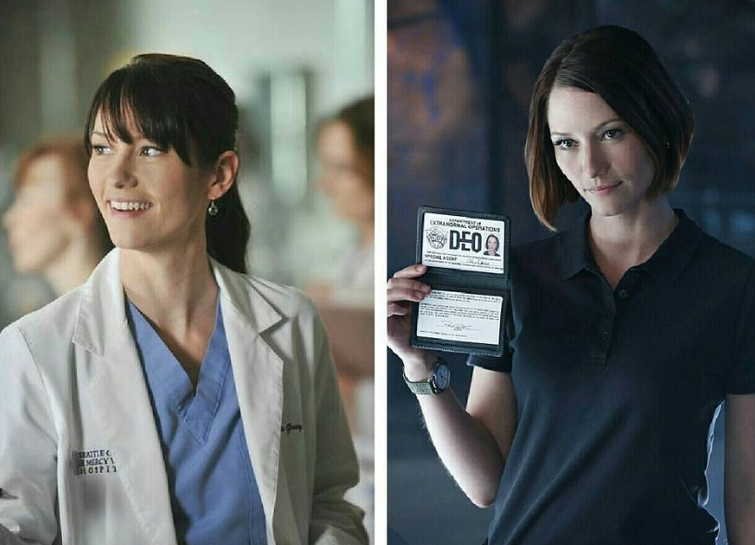Hello friends and welcome back. As promised in last week’s blog post, this week in its entirety will be dedicated to the work of art that I the TV show “Dickinson”. Since the show airs on Apple TV, many people don’t necessarily have access to it; however, if you did manage to find a subscription (often given with new Apple devices!), I highly recommend watching even a season of the show.

Advertisement for “Dickinson”
“Dickinson” tells the coming-of-age story of renowned American poet Emily Dickinson who came of age during the time of the Civil War. Emily herself is played by the phenomenal Hailee Steinfeld (who is oddly enough know for slaying many queer/queer-coded roles). The brilliance of the show not only stems from the story line but in the execution; while set in Civil War times, the show intricately entwines current pop cultural references and music into the fabric of the show. For example, John Mulaney plays Henry David Thoreau which I continually find to be one of the funniest castings in the universe, and they have a dance scene with dances from the 1850s to current rap music. Fun fact, coming of age stories have an incredibly close place to my heart, and my personal explanation of her story has three main themes to her coming of age that I will break down for you: her role as a woman in society and her wealthy family, her queerness and relationship with Sue, and her abilities and fate as a writer.
Emily Dickinson came from a very fortunate family as her father was involved in law and government and even served on the Senate at a point before the war. Consequently, there is immense pressure placed on Emily and her sister Lavinia to be the upstanding young women they are expected to be. Literally from the first episode, Emily denies this expectation in being sent to get a bucket of water and instead makes out with Sue in an orchard tree. She continues to defy the expectations typically placed on women around her by refusing to get married, publishing her own poems, and taking power where she can find it.
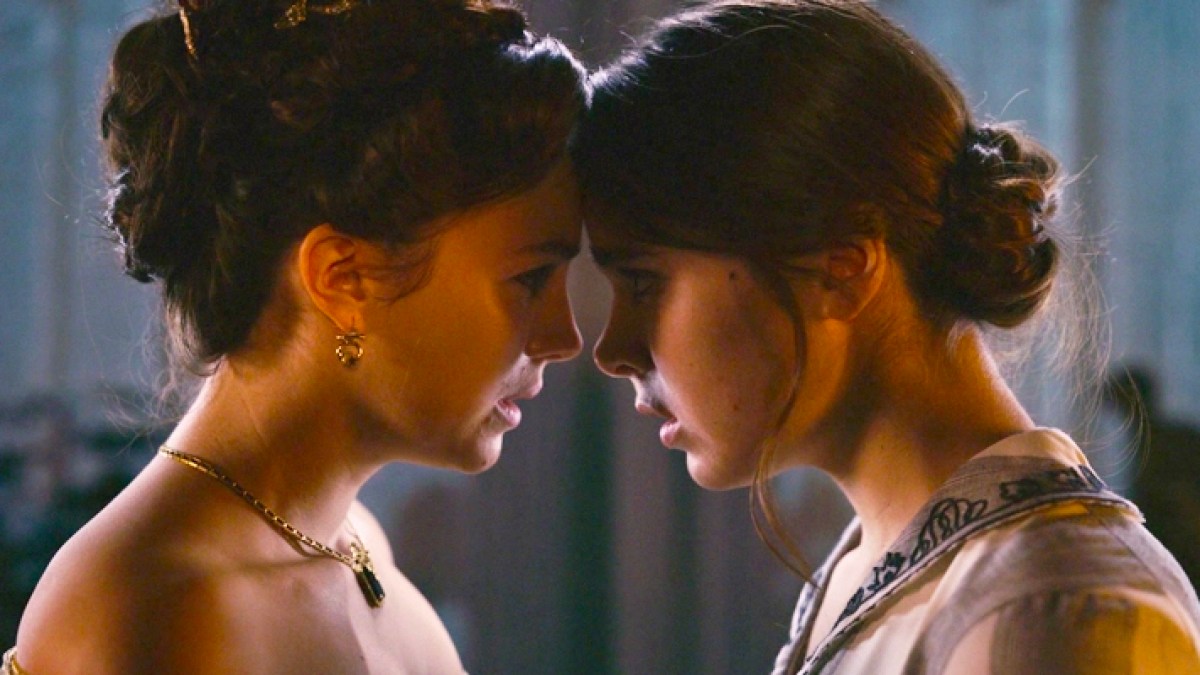
Sue Gilbert played by Ella Hunt (left) and Emily Dickinson played by Hailee Steinfeld (right)
The Sue I mentioned earlier (played by the beautiful Ella Hunt) is Emily’s main romantic interest throughout the course of the entire show and their relationship is established in the first episode…only for it to be unveiled later that Sue will be betrothed to Emily’s brother Austin. Despite this challenge and turmoil that eventually arises, their relationship is brilliant and beautiful as it continues to grow over the next three seasons. Often in media, queer relationships take forever to develop and become cannon, but this one is canon from the beginning which makes it magical. If you wanted a summary of their relationship, go listen to “Ivy” by Taylor Swift which was essentially written for them (and even appeared at the end of an episode!!).
The final and arguably most vital theme of the show is Emily’s fate as a writer. The entire first season represents her struggle to see herself and be seen by those around her as a writer, but once she takes initiative in being published, she grapples with the notion of fame and how it could impact her life. At a certain point, Emily even travels into the future with Lavinia and meets Sylvia Plath who unveils that Emily will be successful, but under different circumstances than she actually lived her life. I cannot say much more without spoiling some essential elements of the show, but I will say that there is real beauty in the complete unresolvedness within Emily of her future because we can never know the impact we will make after we are gone.
To conclude, this is, in my opinion, one of the greatest TV shows to ever be invented because of its historical humor mixed with pop culture, queer representation, and beautiful coming of age plot. If you wanted to check out a playlist I made based on Dickinson, you should check it out here.

Emily and Sue in the first episode of “Dickinson”
